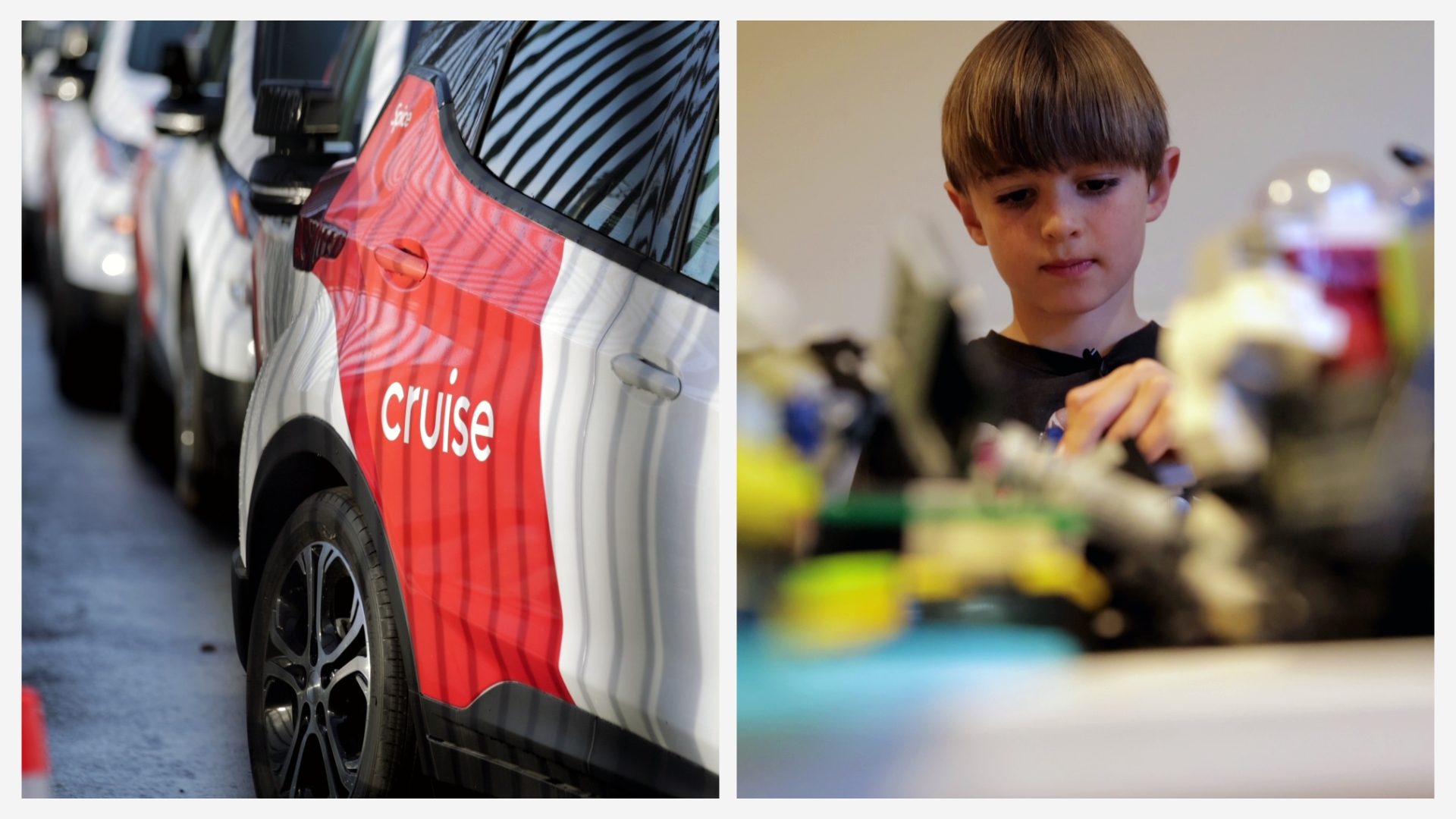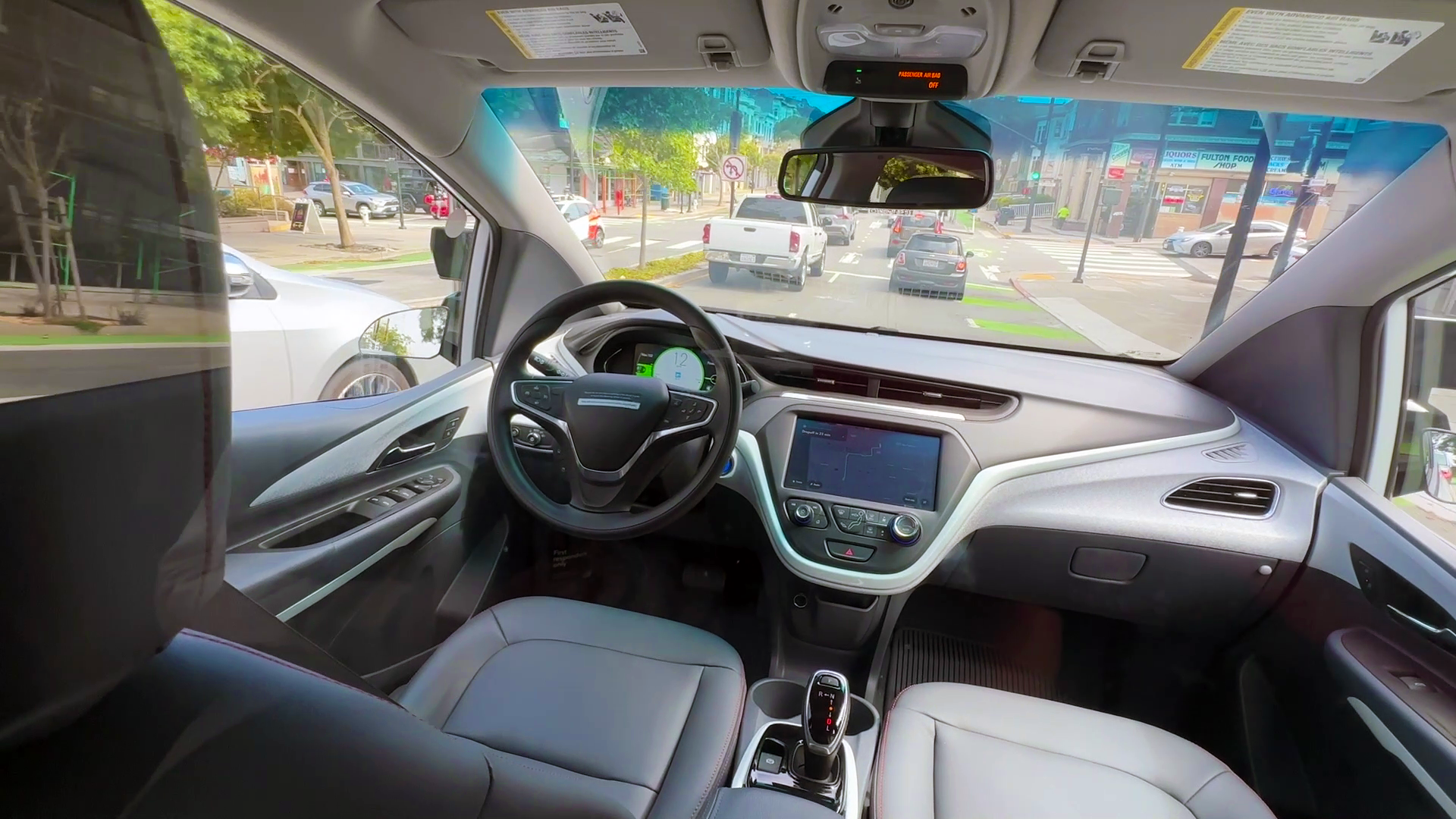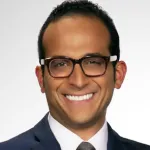What to Know
- California regulators summoned Cruise executives to appear before a judge amid allegations it misled the public and government investigators
- Cruise increased its initial settlement offer by $37,500, so company vows to pay $112,500 in fines, pending approval from a judge
- Cruise driverless cars remain off the road nationwide with no timeline for their return
Top executives at Cruise, the driverless car subsidiary of General Motors, appeared before an administrative law judge on Tuesday to explain how it hopes to make amends amid allegations it misled the public and the state's two regulatory agencies responsible for overseeing the safety of driverless vehicles across California.
Cruise is accused of attempting to hide crucial details from the California Public Utilities Commission and the DMV regarding an Oct. 2 incident in which one of Cruise’s driverless cars dragged a woman 20 feet after failing to recognize she was trapped underneath the vehicle.
Cruise admits fault but denies "purposely" misleading regulators
Get a weekly recap of the latest San Francisco Bay Area housing news. Sign up for NBC Bay Area’s Housing Deconstructed newsletter.
During the CPUC hearing, Cruise repeatedly denied "purposely" attempting to mislead anyone, but Cruise President Craig Glidden and his team acknowledged the company committed a series of "regrettable" missteps.
“It was a mistake,” said Glidden, referencing the company’s failure to clearly and quickly inform regulators about the precise details surrounding the incident. “Cruise is attempting to make right by that mistake.”
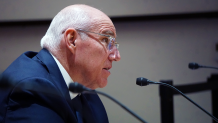
In filings Cruise submitted to the CPUC last month, Cruise offered to settle the Commission's ongoing probe into the company by voluntarily expanding the amount of information its willing to disclose to regulators relating to collisions. Currently, California rules only require driverless car companies to provide detailed summaries of crashes, known as "collision reports," for accidents involving vehicles still in the testing phase. Cruise’s offer, however, would expand its reporting to also include collisions involving its vehicles operating under a "deployment permit," which means they’re being used to shuttle paying passengers.
As part of its original settlement proposal, Cruise also offered to pay $75,000 in fines relating to its actions following the Oct. 2 incident. During Tuesday’s hearing, however, Administrative Law Judge Robert Mason insinuated that didn’t go far enough.
“Take the hint,” the judge told Cruise officials.
Glidden, seated on a panel made up of other Cruise executives and lawyers, then grabbed the microphone to announce Cruise would increase its offer by $37,500 to match the financial figure suggested by the judge, bringing the total amount of fines the company is now willing to pay to $112,500.
This is by no means representative of the total responsibility Cruise will have. There will be a mosaic of responsibility and accountability from Cruise that comes out of that incident.
Craig Glidden, Cruise President and Chief Administrative Officer
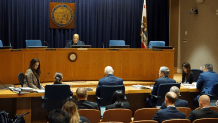
“I don’t think Cruise is here to ask for a discount,” Glidden said. “This is by no means representative of the total responsibility Cruise will have. There will be a mosaic of responsibility and accountability from Cruise that comes out of that incident.”
During the hearing, Cruise representatives highlighted the protracted fallout the company has already endured since the Oct. 2 incident, which includes the departure of nine top executives, 900 employee layoffs, and the indefinite grounding of Cruise's entire fleet of driverless cars. The company, which was utilizing roughly 400 driverless vehicles across San Francisco, Houston, Phoenix and Austin, "paused" its self-driving service after the California DMV suspended the company's driverless car permits amid safety concerns stemming from the Oct. 2 accident. That same incident also thrust Cruise into the center of at least five separate and ongoing government investigations involving the California DMV, CPUC, National Highway Traffic Safety Administration, U.S. Department of Justice, and U.S. Securities and Exchange Commission.
What led up to a driverless Cruise car dragging a pedestrian 20 feet?
Cruise’s involvement in that now infamous incident follows a series of tragic and bizarre events. While attempting to cross a normally busy street in San Francisco, a woman was struck by a hit-and-driver, tossing her into the path of a driverless Cruise car, which ran her over and then immediately came to a stop. Regulators with the DMV and CPUC accuse Cruise of misleading them into thinking that is where the incident ended. Both agencies would later learn that shortly after stopping, the Cruise vehicle then attempted to pull over to the curb, dragging the pedestrian about 20 feet after failing to recognize she was trapped underneath the vehicle.
On Oct. 3, just one day after the incident, a Cruise employee phoned an analyst with the CPUC to notify her a Cruise driverless car had run over a pedestrian in the wake of a hit-and-run accident involving a human driver. Cruise, however, admits it did not mention to the CPUC that its vehicle then proceeded to start up again and drag the woman.
Cruise’s omission of the circumstances in which its Cruise [autonomous vehicle] attempted a pullover maneuver and dragged the pedestrian 20 feet … misled the [CPUC] regarding the extent and severity of the October 2, 2023 incident, as well as the ability of Cruise’s [autonomous vehicles] to operate safely after experiencing a collision.
Judge Robert Mason, administrative law judge with the CPUC
“Cruise’s omission of the circumstances in which its Cruise [autonomous vehicle] attempted a pullover maneuver and dragged the pedestrian 20 feet … misled the [CPUC] regarding the extent and severity of the October 2, 2023 incident, as well as the ability of Cruise’s [autonomous vehicles] to operate safely after experiencing a collision,” Judge Mason noted in documents previously filed by the CPUC.
The CPUC says it was only after speaking with its counterparts at the DMV that it realized Cruise had a longer video clip of the incident, recorded by cameras mounted on its driverless car, that revealed additional details about what exactly happened. The DMV made that discovery after speaking with federal investigators at the National Highway Traffic Safety Administration. The CPUC says it requested the full video from Cruise and ultimately received it on Oct. 19, which revealed the car attempting to pull over while dragging the pedestrian.
In previous filings, Judge Mason noted Cruise “withheld” the full facts of the incident from the CPUC for 15 days, “thus misleading the Commission.”
Judge must decide whether to accept, revise, or reject Cruise's offer
Since no official decision was made during Tuesday's hearing, the judge must now decide whether to reject, revise, or accept Cruise’s settlement offer in its current form. He is expected to issue his written recommendation within 60 days, which will then be passed along to the CPUC's five-member board of commissioners for a vote.
While Judge Mason appeared pleased to hear Cruise increase the amount it is willing to pay in fines, he took the company to task for ultimately failing to immediately disclose details of the Oct. 2 incident to regulators at the CPUC.
“You just never came out and said it,” he told Cruise officials during the hearing. “I’m just sort of bothered when I look at the totality of the facts.”
Watch our entire investigative series
- Part 1: Driverless cars seek San Francisco expansion despite worries tech is unsafe
- Part 2: CPUC votes to expand driverless car operations in San Francisco
- Part 3: San Francisco city attorney files motion to pump the brakes on driverless cars
- Part 4: Google's Waymo says insurance data shows its driverless cars are safer than humans
- Part 5: Hit-and-run driver strikes pedestrian, tossing her into path of Cruise car in San Francisco
- Part 6: Driverless trucks and robot deliveries promise fewer traffic jams than robotaxis
- Part 7: Cruise says its robotaxis can now better detect emergency vehicles
- Part 8: California DMV orders Cruise's driverless cars off the road
- Part 9: Driverless cars immune from traffic tickets in California under current laws
- Part 10: GM's Cruise lays off nearly 25% of its workforce
- Part 11: Waymo's driverless cars surpass 7 million miles, but are they safer than human drivers?
- Part 12: Cruise probe blames poor internet, bad leadership, and "flawed" decisions for company's woes
- Part 13: Driverless Cruise car accused of almost hitting 7 yr old after similar close call involving kids
- Part 14: Cruise offers to pay $112,500 in fines to settle claims driverless car company misled regulators
- Part 15: Uber Eats now uses Waymo Self-Driving cars to offer driverless deliveries
- Part 16: Bills aimed at closing traffic ticket loophole for driverless cars get initial green light
Contact The Investigative Unit
submit tips | 1-888-996-TIPS | e-mail Bigad

